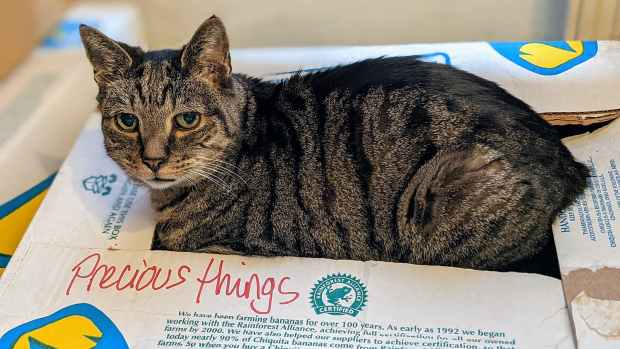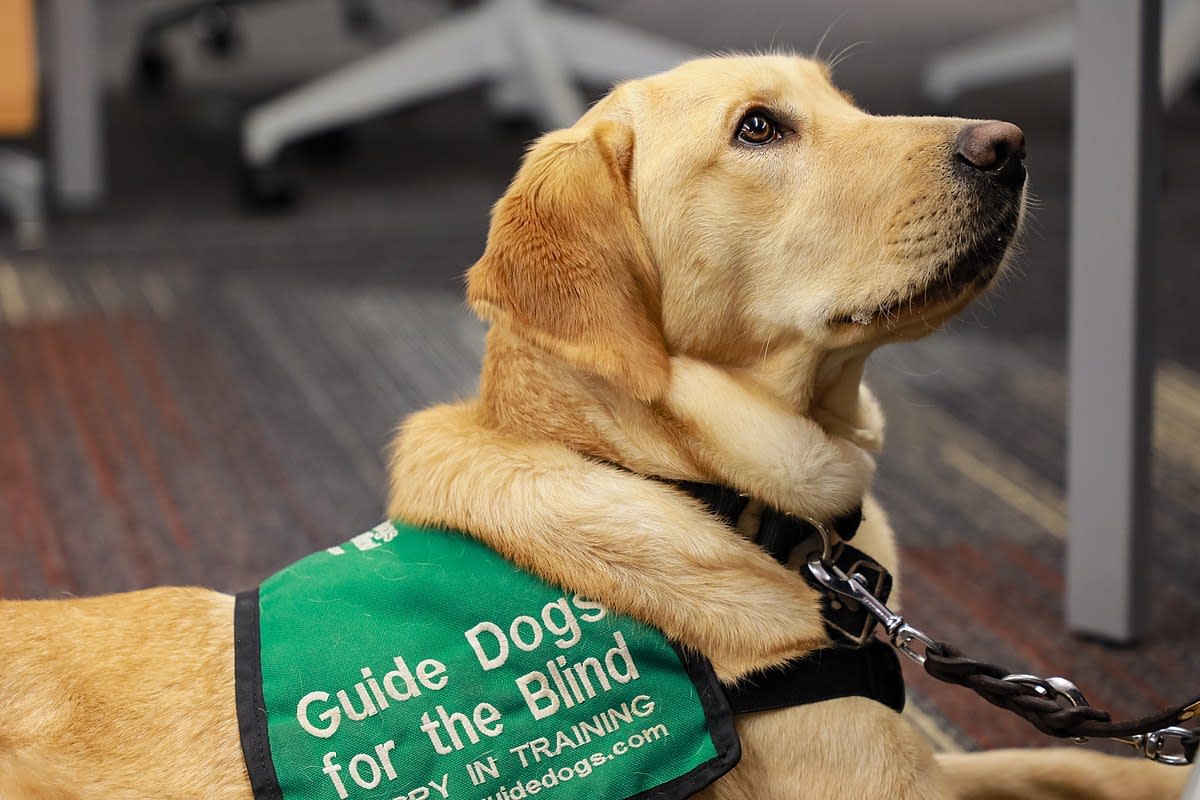Beth loves animals and aims to be a responsible pet owner. She shares some
tips about how to keep animals happy and healthy.

A rottweiler proudly shows off his reflective safety vest.
wildrout
Dog Walkers, Pets, and Exercise
A happy and healthy pet is one that has plenty of exercise, eats a balanced
diet and is loved. The same can be said about their owners too! This means
that you and your dog will be out and about whatever the weather; rain or
shine, morning, noon, and night. You will be walking outside on dark winter
evenings, and on storm clouded days.
Unless you live in a very isolated place, the chances are that at some point
in your walk, you will be on or near a road. Cars travel at high speeds and
need a considerable braking distance to come to a complete stop. To help
drivers avoid hitting you and your dog you need to “see and be seen.” Take a
torchlight so that you can see where you are walking, but also wear something
reflective so that a car’s headlight beams highlight you from a long way away.
What Is a Hi-Vis Jacket?
A hi-vis coat or jacket is usually made of waterproof material and has pieces
of reflective tape sewn onto it. It can be designed as a harness with thin
reflective strips, or be a complete human jacket or mini doggy coat. I bought
this reflective safety vest for my dog as it provides some protection if it
rains, as well as makes her very visible to passing cars.
What Is the Difference Between Florescent Fabric and Reflective Tape?
You may have noticed that a car’s headlights will pick out the eyes of passing
animals at night. Light is reflected from the back of the animal’s eyeball due
to its mirror-like surface. Animals that hunt in the dark, including cats and
dogs, have this feature, human eyes do not.
When you take your pet out for its evening walk, approaching cars can see the
dog’s eyes if you are facing oncoming traffic. However, if you are moving in
the same direction as the cars, then reflective tape on clothing is a way of
replicating this bright bounce-back effect.
Florescent fabrics work by absorbing invisible ultraviolet light from
sunlight. Special pigments in the material then release those UV rays as
visible light. It can only do this in areas where there is natural light, so
it is not recommended for night-time wear or dark environments.
First Aid for Pets in a Car Accident
How Many Dogs Are Killed By Cars?
The exact number of dogs killed in road accidents each year is not known.
There are several websites that collect data from the public about roadkill.
One of the biggest of these projects is wildlifecrossing.net which collates
data from California and Maine. There is a similar UK citizen science project
called Project Splatter that is run by Cardiff University. You can go online
and add the date and type of any animals you find dead on roads. Reports
include domestic cats and dogs, as well as wildlife.
Scroll to Continue
Read More From Pethelpful

Why Does My Cat Sit on My Stuff?

Tips for Home Care for Your Vomiting Cat When You Cannot Visit the Vet

The Top 10 Fastest Dog Breeds
By using data from these sites, and extrapolating the numbers to cover the
whole of the country, it is estimated that more than one million pet dogs are
killed by cars in the US every year. In addition, there are millions more that
survive a collision but are badly injured. Many of these accidents occur at
dusk or at night-time when there is poor visibility. An animal and its owner
wearing a reflective vest have a much better chance of being seen and avoided
by passing cars.
Electric Cars Are Quiet
There is a new potential danger for dogs on the road; electric cars. As yet,
there are relatively few on our highways, but the number is growing daily.
Their quietness means that you can be unaware of their approach until it is
too late. Dogs have better hearing than humans, so they may be less impacted
than their owners, but this is another good reason to make sure you and your
pet are highly visible to motorists when out walking.

A vest or harness can be used to display information about service dogs.
Texas A&M University Libraries
Hi Vis-Vests Can Have Dual Use
Reflective strips are a safety feature for your pet, but a pet’s vest can also
be used to inform passers-by about his owner’s or his own disability. For
example, service dogs often wear a harness with a message; the most common
being guide dogs that help visually impaired people, hearing dogs for deaf
owners, and helping dogs for those with disabilities that limit their
movement.
However, dogs have problems too. I have seen the following messages on doggie
coats. “I am a nervous dog. Please do not stroke me” and “I am a greedy dog.
Please do not give me treats.” If you are planning to buy something similar
for your pet, remember to add some reflective patches so that cars can avoid
him too. ****

A car’s stopping distance is your thinking time plus the time it takes to
apply the brakes.
Körkortonline.se
Car Stopping Distances
Most motorists underestimate how long it takes to come to a complete halt.
Vehicles driven at speed have a lot of momentum, and poor visibility or rain
will make it harder to stop. A car’s stopping distance is made up of the
thinking distance and the braking distance. The stopping distance for an
average car in good weather at 20mph is 40 feet. At 50mph it’s 174 feet, and
at 70mph it will take 315 feet to come to a complete stop.
What Can Affect Thinking Distance?
Apart from your speed, the British Automobile Association says that the
following factors affect a driver’s reaction time.
- Drugs and alcohol. Drinking and taking drugs both slow down your reaction time. Slower reactions increase the distance covered before you react to danger ahead.
- Distractions. If you’re not completely focused on the road ahead then it’ll take you longer to react.
- Sat-navs, mobile phones and other in-car tech can distract drivers. Talking to passengers and fiddling with the radio or heating can also divide your attention.
- Tiredness. Lack of sleep severely affects driver attention, awareness and reaction time. On longer journeys, you should take a break every couple of hours. Research has shown that after driving for 2 hours you’ll be less able to concentrate and slower to react.
This article is accurate and true to the best of the author’s knowledge.
Content is for informational or entertainment purposes only and does not
substitute for personal counsel or professional advice in business, financial,
legal, or technical matters.